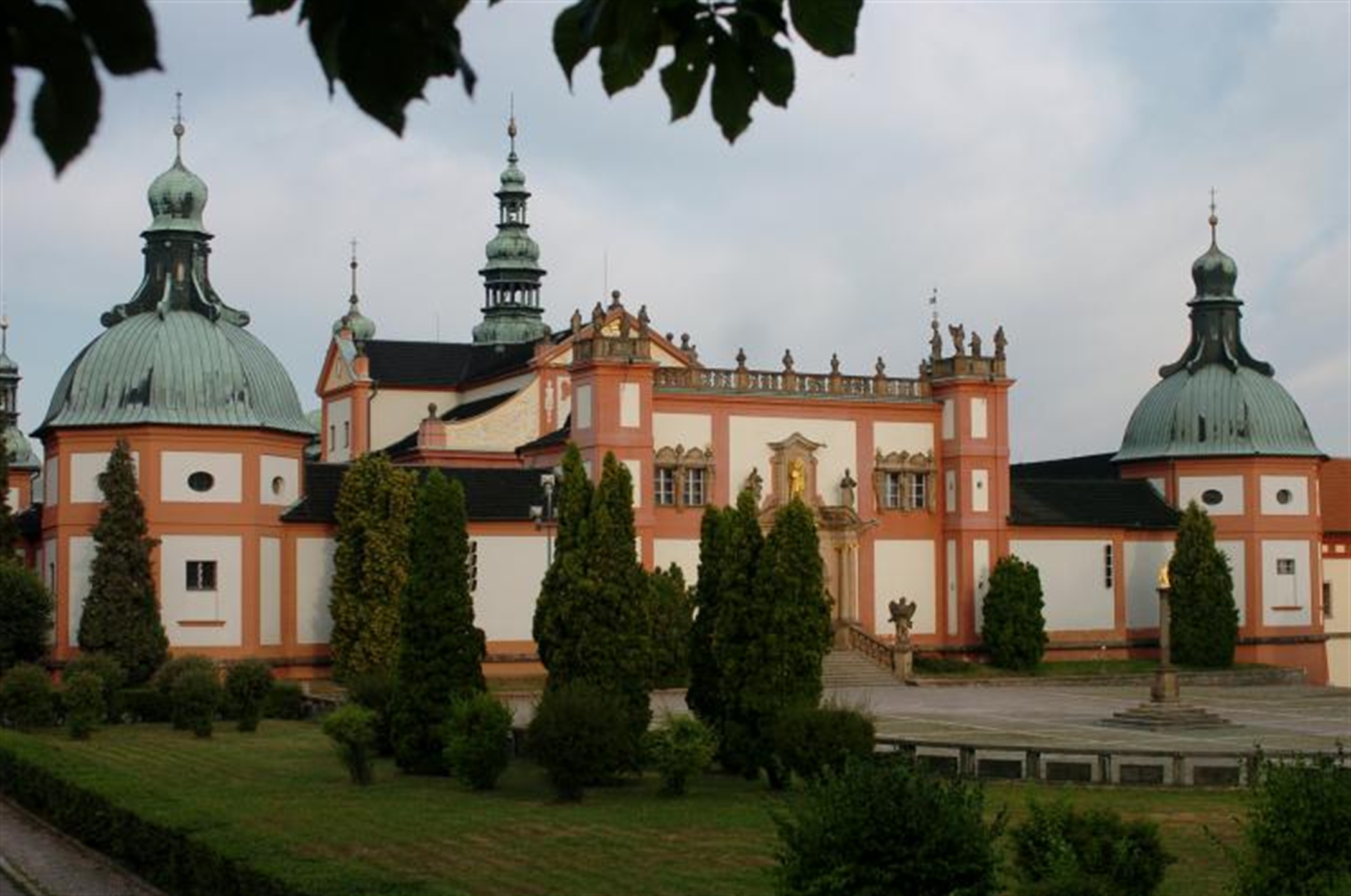Příbram
A small city about 60km south-east of Prague, Příbram is well-known for its history of silver and iron mining, and later its uranium mining sites formerly used for penal labor camps for political prisoners during Communism, but Příbram is finding itself anew in more modern times. In 1496, Příbram was declared a town by King Ladislaus II, and in 1579 Rudolf II named it a Royal Mining City, which further enhanced its reputation. At the end of the 19th century, Příbram was nicknamed “Brdy's Athens”, a reference to its relatively high level of education and rich cultural life at the time, and the fact that Příbram is set among the Brdy hills, a beautiful region south of Prague. Příbram’s surrounding area is reputed to be the place where the last shots of World War II were fired, as locals spontaneously rose up against occupying forces before being liberated from the German forces by the Soviets mere days later. Today, it is the third-largest city in the Central Bohemian Region and is rapidly becoming more dependent on the Prague economy as many residents are finding it convenient to work in Prague during the weekdays, but return home each day to enjoy life in quieter, less expensive, Příbram. Principle attractions in the immediate vicinity of Příbram include the Svatá Hora pilgrimage site with its unique roofed stairs connecting it to the city, an Aquapark, the Mining Museum Příbram, and the Vojna Communist Labor Camp memorial. A few of the many famous citizens of Příbram include writer Jan Drda, Czech actress Adina Mandlová, geologist František Pošepný, and summer resident Antonín Dvořák, who left a strong musical tradition behind, as evidenced by the numerous choirs, amateur orchestras, a Big Band ensemble, as well as many other musical groups that call Příbram home. An easy day-trip from the Czech capital city of Prague, Příbram makes a fun, and less ordinary outing, or a spiritual journey for those looking for the Pilgrimage site of Svatá Hora.
Příbram











